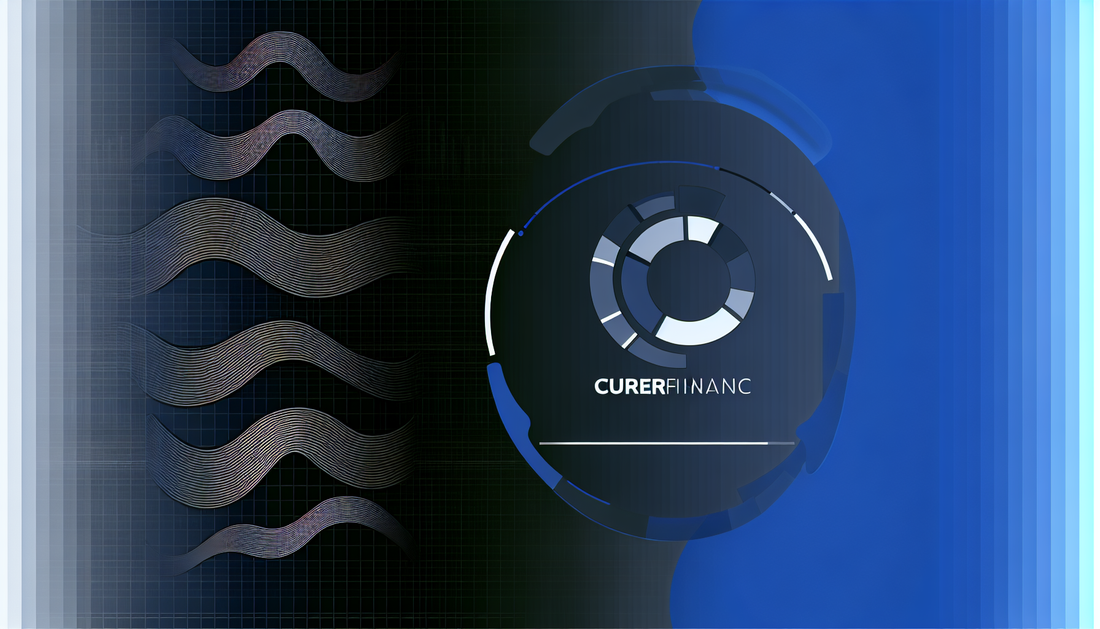
Curve Finance vs. Rivals: Who Reigns Supreme?
Share
Analyzing Curve Finance: How CRV Stacks Up Against Rivals
Curve Finance (CRV) has carved out a niche in the rapidly expanding landscape of decentralized finance (DeFi). Specializing in stablecoin trading, Curve uses an automated market maker (AMM) model to ensure efficient transactions with minimal slippage. But how does it measure up against its competitors?
Key Features of Curve Finance
Before diving into comparisons, it’s worth noting Curve Finance’s unique characteristics. The platform is lauded for its low-fee, low-slippage trades and its focus on stable assets. Curve's liquidity pools accommodate like-valued assets, which is ideal for stablecoins and wrapped tokens.
Versus Uniswap
Uniswap is arguably the most well-known player in the AMM space and offers a broader variety of trading pairs compared to Curve. However, Curve surpasses Uniswap when it comes to stability-focused liquidity pools. Uniswap's broad spectrum of assets often leads to increased impermanent loss, whereas Curve mitigates this by focusing on less volatile, stable assets.
Comparing with SushiSwap
SushiSwap emerged as a significant competitor to Uniswap, offering broader incentives for liquidity providers. In contrast, Curve maintains a focused approach, excelling in specialized environments such as stablecoin trading—a niche that SushiSwap has been less efficient at serving. Check out the comprehensive comparison of SushiSwap and its competitors here.
Contrast with Balancer
Balancer differentiates itself by allowing customizable liquidity pools with multiple tokens and varying weightings, providing users more flexibility. Curve, however, leverages its strength in stable asset pools to offer optimized yields. While Balancer caters to diverse DeFi projects, Curve remains king of the hill for stability-focused strategies.
Facing Yearn Finance
Yearn Finance streamlines yield farming by enabling users to maximize returns through automated strategies. While Yearn Finance's automation features appeal to users seeking passive gains, Curve focuses on specialized pools that cater specifically to stablecoin transactions. These tailored options might not provide as wide a range of functionalities, but they ensure robustness in stable asset trading.
Standing Against Hashflow
Hashflow is designed to optimize trading efficiency and aims to offer a more secure DeFi trading environment. Much like Curve, Hashflow targets efficient and low-cost transactions but takes it a step further with advanced security measures. For an insightful exploration of how Hashflow stands out in the space, read more about its competitive landscape here.
In sum, Curve Finance’s specialized focus allows it to maintain a competitive edge in stablecoin trading, but each rival offers distinct advantages, making the choice between them largely dependent on user priorities and goals in DeFi.
